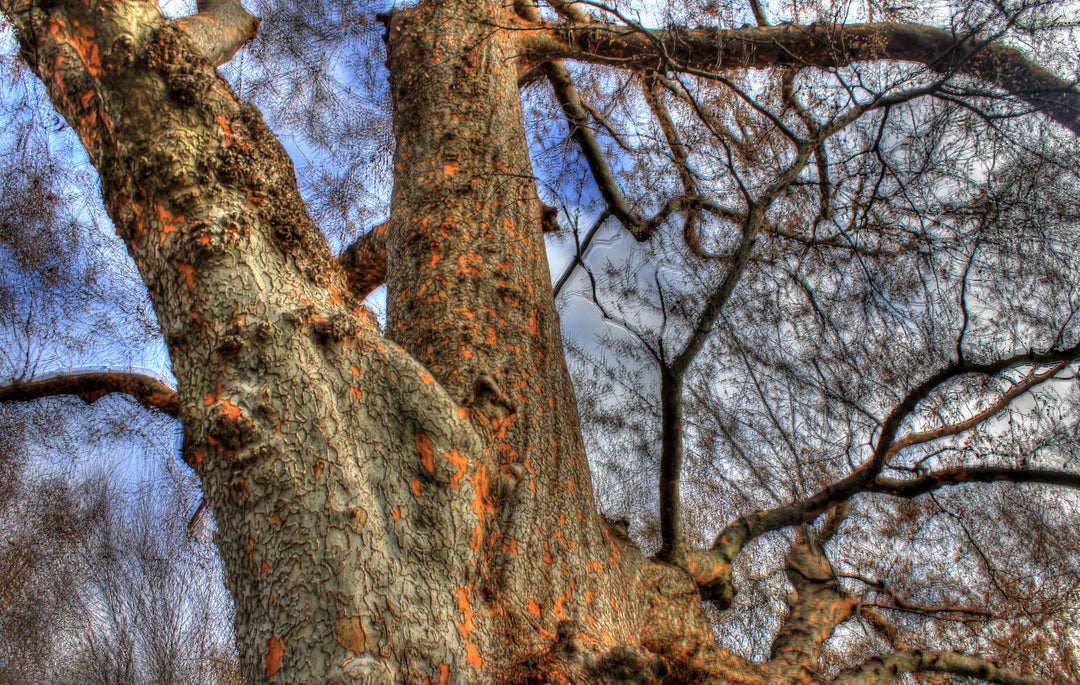
How To Care For Your Lacebark Elm Bonsai Tree
Ulmus Parvifolia 'Elsmo' Bonsai Care
About The Lacebark Elm Bonsai Tree
Lacebark Elms are a strong and adaptable bonsai tree that make a great tree for beginners. They develop a lot of character in their bark, and take well to shaping, making them favored among the bonsai experts as well.
The Lacebark Elm is native to East Asia, where it can grow up to 60 feet in its natural state.
This tree has a unique ability among bonsai trees to thrive either indoors or outdoors, although it may drop some of its leaves in either situation since it is semi-deciduous. Lacebark Elms form a graceful upright rounded canopy with small, dark green leaves.
Special to the Lacebark Elm (Elsmo) variety, it is a slower grower with a unique bark and vivid fall foliage.
All in all, this makes a wonderful and traditional bonsai tree.
One of the advantages to growing a Lacebark Elm bonsai tree is that, unlike many other elm trees, it is not prone to Dutch elm disease -- which can be fatal.
Placement
A Lacebark Elm makes a wonderful indoor bonsai with enough lighting. It can live outside, but will die in temperatures below 45 degrees unless it's incredibly well protected and insulated - so inside for the winter is best.
Make sure it gets plenty of sun (6 hours or so) with a quality grow light when indoors, or on a windowsill (south facing preferred.)
Bring it inside for the season when the temperature is reaching 40 degrees, and bring it out when all chances of freezing for the season are gone.
Watering
The Lacebark Elm, like most bonsai trees, will die if it dries out. It enjoys plenty of water in well draining soil. Never let it dry out completely.
Humidity
When your Lacebark Elm bonsai tree is indoors, using a humidity tray is recommended.
Fertilizing
Since your Lacebark Elm bonsai is in a small pot, and not the ground, it needs nutrients. A slow release (pellet based) fertilizer is perfect for this, and can be added sparingly every 1-2 months during the growing season.
Pruning & Trimming
Trim back the new growth to the farthest safe point that looks good to you — but never remove all of the new growth.
A regular trim will help keep your Lacebark Elm bonsai tree short, while helping the trunk grow thicker.
Repotting
Repotting must be performed periodically on your bonsai, Lacebark Elm included, when its root system has filled the pot. If you can clearly see the roots coming out of the bottom of the pot, it’s time to repot your bonsai.
Generally, this means every 2-3 years for a deciduous tree and every 4-5 years for an evergreen. Being somewhere in between this, the Lacebark Elm will need to be repotted around every 3 years depending on its environment.
Repotting should be done in mid-summer, when the tree is at it’s least fragile state.
Your Lacebark Elm bonsai, along with all of its soil, should be removed from the pot. From there, you can trim away no more than 1/3rd of the root mass (1/4th is preferred.)
Then you can repot the tree in the same pot, or give it a newer / bigger pot to thrive in.
After repotting, your bonsai Lacebark Elm should be thoroughly watered.
Diseases, Insects & Other Pests
Your Lacebark Elm bonsai can be treated for pests like a normal Lacebark Elm tree. Just remember, your tree is miniature and will need a much smaller and more gentile dose of treatment.
Would you like to SEE these instructions as a series of videos, instead of just reading them?
If you want to demystify the art of bonsai so you can become a master of this relaxing hobby in just a few days, you need the right training. I’ve built a digital video course that mixes classroom style instructional videos with “over the shoulder” style training videos to make bonsai simple to understand, and easy to start.
In this digital video course, you'll discover:
- How to create a bonsai tree from scratch that will help you experience true inner-peace and calm.
- How to keep your tree collection alive and well so you can enjoy their benefits for a lifetime.
- How to shape your bonsai like a professional, allowing you to design it however you like.
- What bonsai tools you really need and how to use them so you’ll never buy a tool that you don’t need again.
- How to cultivate your own trees so you never have to buy another tree from a store again.
- How to use all of this to create your own bonsai collection so you enjoy this relaxing hobby for the rest of your life.


